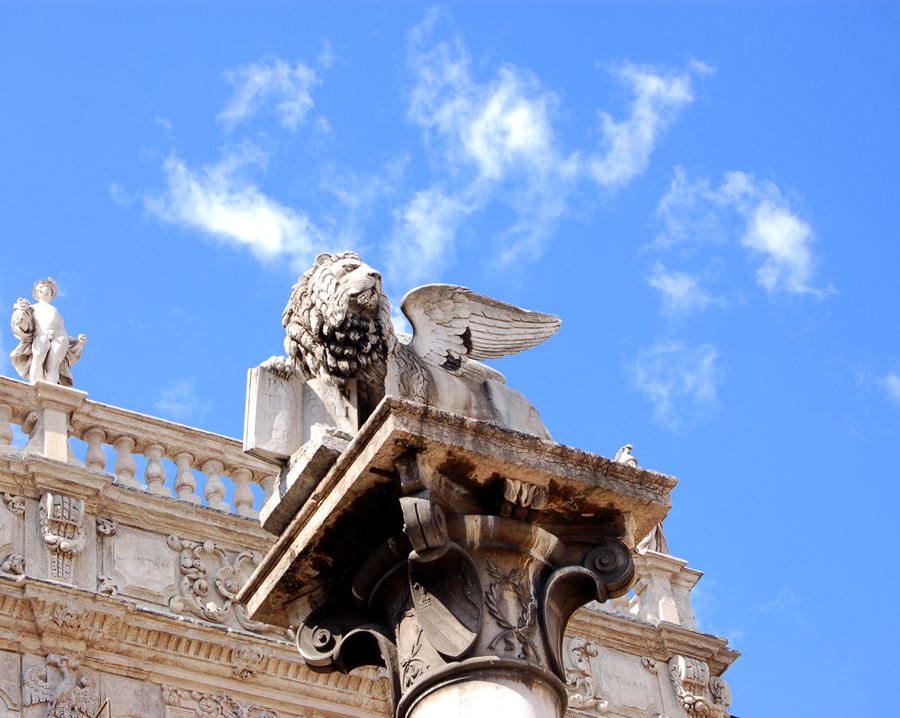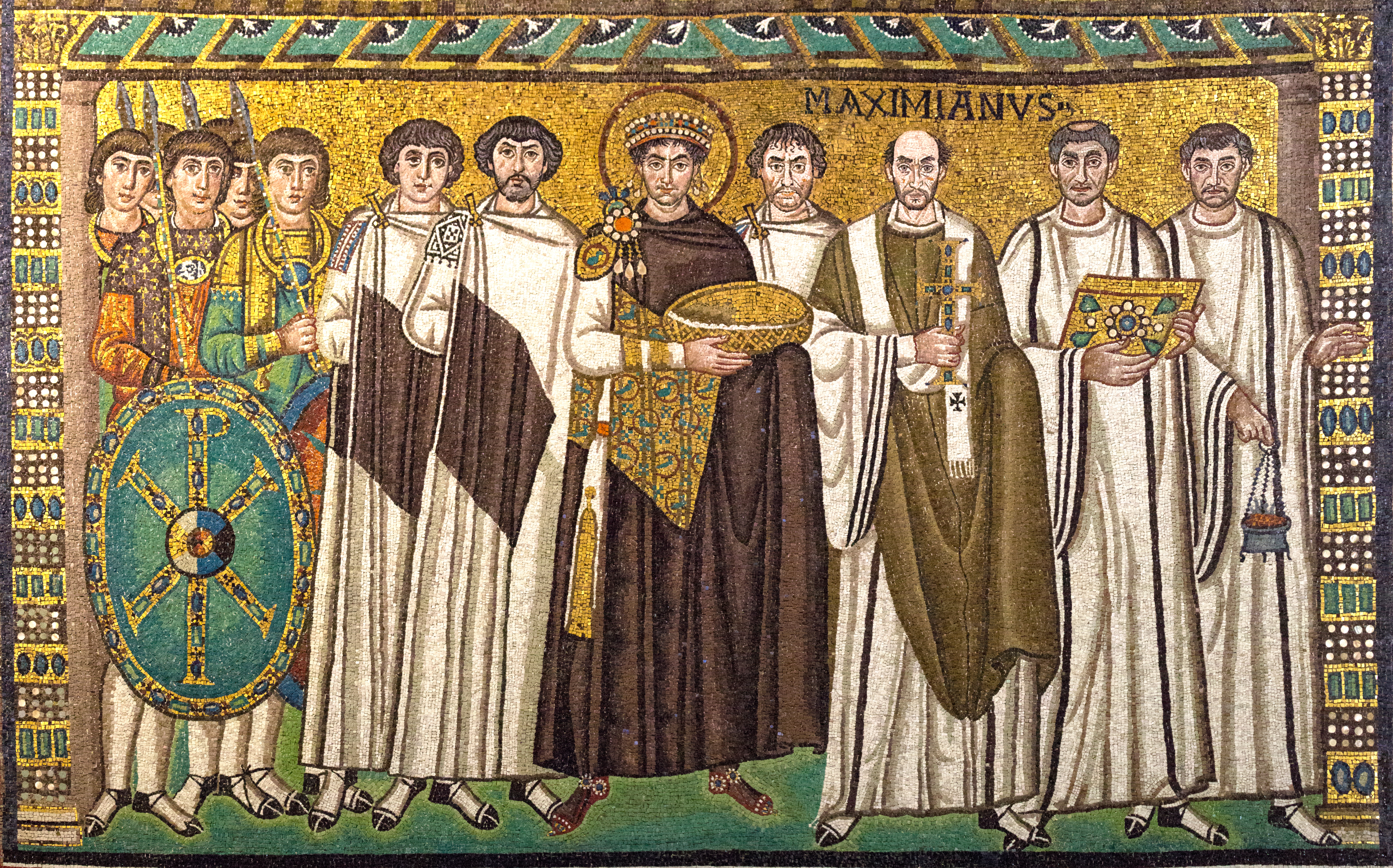|
Code Of Justinian
The Code of Justinian (, or ) is one part of the ''Corpus Juris Civilis'', the codification of Roman law ordered early in the 6th century AD by Justinian I, who was Eastern Roman emperor in Constantinople. Two other units, the Digest and the Institutes, were created during his reign. The fourth part, the '' Novellae Constitutiones'' (New Constitutions, or Novels), was compiled unofficially after his death but is now also thought of as part of the ''Corpus Juris Civilis''. Creation Shortly after Justinian became emperor in 527, he decided the empire's legal system needed repair. There existed three codices of imperial laws and other individual laws, many of which conflicted or were out of date. The Codex Gregorianus and the Codex Hermogenianus were unofficial compilations. (The term "Codex" refers to the physical aspect of the works, being in book form, rather than on papyrus rolls. The transition to the codex occurred around AD 300.)Jolowicz, 1972, p. 463 The Codex Theodo ... [...More Info...] [...Related Items...] OR: [Wikipedia] [Google] [Baidu] [Amazon] |
Codex Hermogenianus
The ''Codex Hermogenianus'' (Eng. Hermogenian Code) is the title of a collection of constitutions (legal pronouncements) of the Roman emperors of the first tetrarchy (Diocletian, Maximian Augusti, and Constantius and Galerius Caesars), mostly from the years 293–94. Most of the work is now lost. The work became a standard reference in late antiquity, until it was superseded by the Breviary of Alaric and the Codex Justinianeus. History It takes its name from its author, Aurelius Hermogenianus, a prominent jurist of the age who acted as the ''magister libellorum'' (drafter of responses to petitions) to Diocletian in this period. The work does not survive intact in complete form but a brief section may be preserved on a late antique papyrus from Egypt. Nevertheless, from the surviving references and excerpts it is clear that it was a single book work, subdivided into thematic headings (''tituli'') containing largely rescripts to private petitioners, organised chronologically. Of ... [...More Info...] [...Related Items...] OR: [Wikipedia] [Google] [Baidu] [Amazon] |
Rudolf Schöll
Rudolf Schöll (1 September 1844 in Weimar – 10 June 1893 in Munich) was a German classical scholar. He specialized in the fields of Greek and Roman legal history, classical archaeology and Greek epigraphy.Biography of Rudolf Schöll @ NDB/ADB Deutsche Biographie He received his education at the as a student of Hermann Sauppe and , followed by studies in |
Theodor Mommsen
Christian Matthias Theodor Mommsen (; ; 30 November 1817 – 1 November 1903) was a German classical scholar, historian, jurist, journalist, politician and archaeologist. He is widely regarded as one of the greatest classicists of the 19th century. He received the 1902 Nobel Prize in Literature for his historical writings, including '' The History of Rome'', after having been nominated by 18 members of the Prussian Academy of Sciences. He was also a prominent German politician, as a member of the Prussian and German parliaments. His works on Roman law and on the law of obligations had a significant impact on the German civil code. Life Mommsen was born to German parents in Garding in the Duchy of Schleswig in 1817, then ruled by the king of Denmark, and grew up in Bad Oldesloe in Holstein, where his father was a Lutheran minister. He studied mostly at home, though he attended the Gymnasium Christianeum in Altona for four years. He studied Greek and Latin and receive ... [...More Info...] [...Related Items...] OR: [Wikipedia] [Google] [Baidu] [Amazon] |
Samuel Parsons Scott
Samuel Parsons Scott (8 July 1846 – 30 May 1929), known as S. P. Scott, was an American attorney, banker and scholar. He was born in Hillsboro, Ohio, where he received a classics-based education at the Hillsboro Academy; he went on to earn his A.B. degree from the Miami University in 1868, was elected to Phi Beta Kappa, and obtained his A.M. degree from the same institution the following year. Scott was licensed to practice law in 1868 and was an attorney for several years in Leavenworth, Kansas and in San Francisco, but he left the practice of law in 1875 to return to Hillsboro and the family banking business. Thereafter, he also traveled in Europe, studied, and wrote. Late in his life, he served for many years on the editorial staff of the American Bar Association's Comparative Law Bureau. Scholarship In the early 1860s, Scott wrote many articles about his travels in Spain and then reworked them into his first book, ''Through Spain'', which was published in 1886. Scott demon ... [...More Info...] [...Related Items...] OR: [Wikipedia] [Google] [Baidu] [Amazon] |
Paul Krüger (jurist)
Paul Krüger (20 March 1840 – 11 May 1926) was a German jurist. Biography He was born in Berlin, where he studied jurisprudence (1858–60). In 1863, he began to lecture on Roman law at the University of Berlin. In 1870, he became an associate professor of law at the University of Marburg, where he attained a full professorship during the following year. Afterwards, he served as a professor at the universities of Innsbruck (from 1872), Königsberg (from 1874; rector 1883/84) and Bonn (from 1888).Krüger, Paul Hessian Biography Works * ''Prozessualische Konsumtion und Rechtskraft des Erkenntnisses'' (“Diligence in legal proceedings and the validity of judgments,” 1864) * ''Kritik des Justinianischen Codex'' (“Critique of the Justinian Codex,” 1867) * ''Kritische Versuche im Gebiete des römischen Rechts'' (“Crit ...[...More Info...] [...Related Items...] OR: [Wikipedia] [Google] [Baidu] [Amazon] |
Basilika
The ''Basilika'' (, "the imperial aws) was a collection of laws completed in Constantinople by order of the Byzantine emperor Leo VI the Wise during the Macedonian dynasty. This was a continuation of the efforts of his father, Basil I, to simplify and adapt the Emperor Justinian I's ''Corpus Juris Civilis'' code of law issued between 529 and 534 which had become outdated. The term comes from the Greek adjective ''Basilika'' meaning "Imperial (laws or enactments)" and not from the Emperor Basil's name; both sharing a common etymology from the term ''Basileus''. Background Many changes had taken place within the Byzantine Empire in between Justinian and Leo VI's reign, chiefly the change in language from Latin to Greek. During Justinian's era, Latin was still in common use and Court documents were written in it. However, by the 9th century the use of Latin was obsolete, which in turn made the ''Corpus Juris Civilis'' code hard to use for Greek speakers, even in the capital of ... [...More Info...] [...Related Items...] OR: [Wikipedia] [Google] [Baidu] [Amazon] |
Palimpsest
In textual studies, a palimpsest () is a manuscript page, either from a scroll or a book, from which the text has been scraped or washed off in preparation for reuse in the form of another document. Parchment was made of lamb, calf, or kid skin and was expensive and not readily available, so, in the interest of economy, a page was often re-used by scraping off the previous writing. In colloquial usage, the term ''palimpsest'' is also used in architecture, archaeology and geomorphology to denote an object made or worked upon for one purpose and later reused for another; for example, a monumental brass the reverse blank side of which has been re-engraved. Etymology The word ''palimpsest'' derives , which derives from (), a compound word that describes the process: "The original writing was scraped and washed off, the surface resmoothed, and the new literary material written on the salvaged material." The Ancient Greeks used wax-coated tablets to write on with a stylus, and t ... [...More Info...] [...Related Items...] OR: [Wikipedia] [Google] [Baidu] [Amazon] |
Verona
Verona ( ; ; or ) is a city on the Adige, River Adige in Veneto, Italy, with 255,131 inhabitants. It is one of the seven provincial capitals of the region, and is the largest city Comune, municipality in the region and in Northeast Italy, northeastern Italy. The metropolitan area of Verona covers an area of and has a population of 714,310 inhabitants. It is one of the main tourist destinations in Northern Italy because of its artistic heritage and several annual fairs and shows as well as the Opera, opera season in the Verona Arena, Arena, an ancient Ancient Rome, Roman Amphitheatre, amphitheater. Between the 13th and 14th centuries, the city was ruled by the Scaliger, della Scala family. Under the rule of the family, in particular of Cangrande I della Scala, the city experienced great prosperity, becoming rich and powerful and being surrounded by new walls. The della Scala era is preserved in numerous monuments around Verona. Two of William Shakespeare's plays are set in Ve ... [...More Info...] [...Related Items...] OR: [Wikipedia] [Google] [Baidu] [Amazon] |
Caroline Humfress
Caroline Humfress, FRHS, FSLS, is a legal historian who is professor at the University of St Andrews and a former director of its ''Institute of Legal and Constitutional Research''. In 2020 she was appointed L. Bates Lea Global Professor of Law, University of Michigan Law School (Ann Arbor), where she teaches on the history of the Civil Law tradition. Early life and education Caroline Humfress received her advanced education at the University of Cambridge from where she earned her BA, MA, and PhD, the last for a thesis titled ''Forensic practice in the development of Roman law and ecclesiastical law in late antiquity, with special reference to the prosecution of heresy'' (1999). Career Humfress held a Junior Research Fellowship at Queens' College, Cambridge before being appointed the "Carlyle Research Fellow in the History of Political Thought" at the University of Oxford and Research Fellow at St Catherine's College. She was Assistant Professor in Rhetoric and Law at the Uni ... [...More Info...] [...Related Items...] OR: [Wikipedia] [Google] [Baidu] [Amazon] |
John The Cappadocian
John the Cappadocian () (''Floruit, fl.'' 530s, living 548) was a praetorian prefect of the East (532–541) in the Byzantine Empire under Byzantine Emperor, Emperor Justinian I (r. 527–565). He was also a Patrikios, patrician and the ''Roman consul, consul ordinarius'' of 538.. Biography Both John the Lydian and Zacharias Rhetor report that John was a native of Kayseri, Caesarea, Cappadocia. Procopius, John Malalas, the ''Chronicon Paschale'', and Zacharias called him "John the Cappadocian" for disambiguation reasons, as the name John (given name), John ("Ioannes" in Greek language, Greek and "Johannes" in Latin) was widely used by his time. John the Lydian and John Malalas at times mention him only as "the Cappadocian". John occasionally styled himself as "Flavius Marianus Michaelius Gabrielius Archangelus Ioannes", although most of these names were probably just honorifics, as by that time most individuals were known by a single name. His family connections are obscure and o ... [...More Info...] [...Related Items...] OR: [Wikipedia] [Google] [Baidu] [Amazon] |
Praetorian Prefect
The praetorian prefect (; ) was a high office in the Roman Empire. Originating as the commander of the Praetorian Guard, the office gradually acquired extensive legal and administrative functions, with its holders becoming the Emperor's chief aides. Under Constantine I, the office was much reduced in power and transformed into a purely civilian administrative post, while under his successors, territorially-defined praetorian prefectures emerged as the highest-level administrative division of the Empire. The prefects again functioned as the chief ministers of the state, with many laws addressed to them by name. In this role, praetorian prefects continued to be appointed by the Eastern Roman Empire (and the Ostrogothic Kingdom) until the reign of Heraclius in the 7th century AD, when wide-ranging reforms reduced their power and converted them to mere overseers of provincial administration. The last traces of the prefecture disappeared in the Byzantine Empire by the 840s. The term ... [...More Info...] [...Related Items...] OR: [Wikipedia] [Google] [Baidu] [Amazon] |





